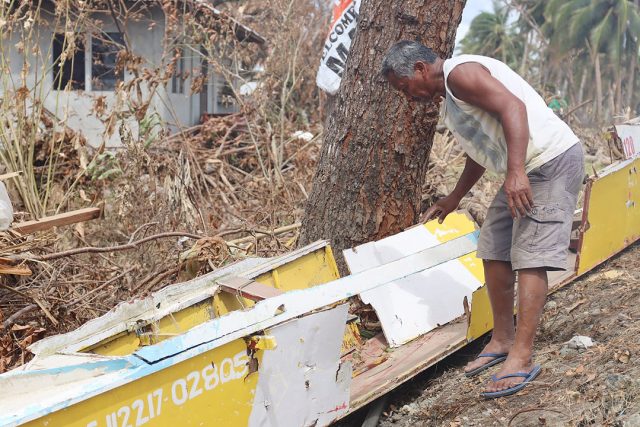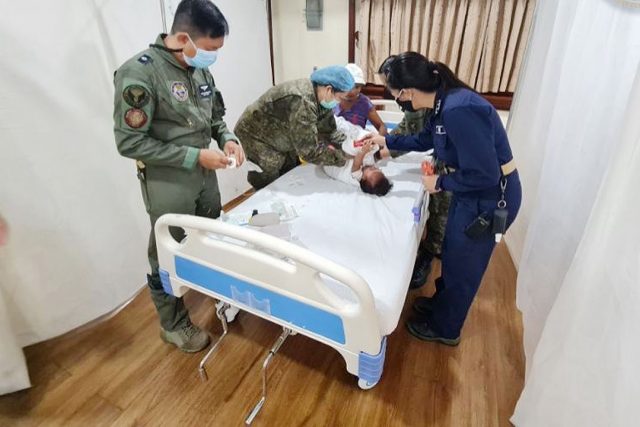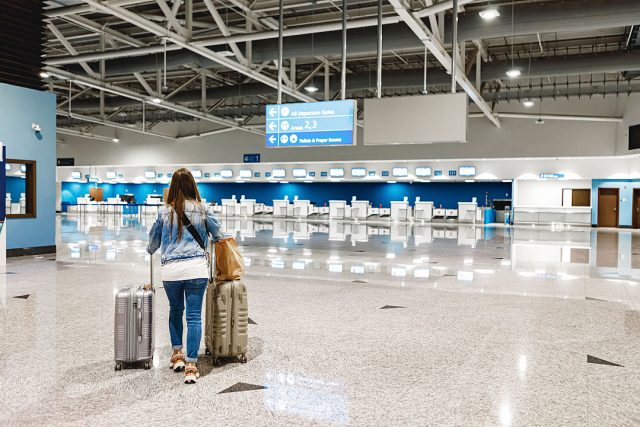The digitalization of corporate compliance
Second of two parts
The first part of this article talked about the digital transformation and technology modernization roadmap of the Securities and Exchange Commission (SEC), which included the launch of various digitalization projects aimed at promoting ease of doing business and efficiently delivering government services amid the pandemic and in preparation for the transition to the so-called new normal economy.
Aside from company registration discussed in the first part, there are other already rolled-out initiatives and soon-to-be-launched systems on contactless applications and compliance.
ONLINE REPORTS SUBMISSION
On March 15, the SEC launched the Online Submission Tool (OST) that allows companies to submit certain reports online in lieu of its physical lodging. The OST has since been renamed the Electronic Filing and Submission System (eFAST), which permits companies to digitally submit their Audited Financial Statements (AFS), General Information Sheet, Sworn Statement for Foundations, and General Form for Financial Statements, among other reportorial requirements.
Corporate filings under eFAST are optional in 2021 but will be made mandatory in 2022 according to the SEC. When eFAST was launched this year, it also experienced some birth pains, such as system errors, downtime, and other online bugs that have affected its optimal use. Because of these, the SEC continued to accept manual filings by registrants who have encountered errors or have not yet applied for its use.
We should note that an application to use eFAST needs, among others, the approval of the board of directors. Lodging is also online and the company may designate a primary filer and alternate filers who can access the system. However, there can only be one assigned filer at any given time although designation may be changed at need.
With online filing, electronic signatures may be affixed on the documents, like the Independent Auditor’s Report and the Statement of Management Responsibility (SMR) required to be signed by the Chairman, Chief Executive Officer, and Chief Finance Officer, or their equivalent, and attached to the AFS. However, there are exceptions. For instance, the SMR of public or listed corporation must be signed under oath. A Notary Public will still require wet signatures on documents for notarization.
The SEC also clarified that although e-signatures may be used, corporations must keep originally signed documents in their files for presentation to the Commission, if required.
Previously, the SEC adopted the AFS filing schedule depending on the last digit of a company’s SEC registration number as a means of managing the deluge of filers on the deadline. This system is now supplemented by the eFAST, which helps to further manage any health risks that may arise from congestion at the Commission’s main or satellite offices. The online filing system also significantly reduces use of paper and other resources, including the administrative cost of physically filing the documents with the SEC.
While the eFAST system is still undergoing continuous improvement, the SEC envisions that eventually all types of corporate filings can be accepted by the system.
APPLICATIONS AND REQUESTS
All types of applications can now be filed online through electronic mail. There are designated email addresses depending on the type of application lodged with different SEC offices, such as corporate reorganization, quasi-reorganization, and equity restructuring with the Financial Analysis and Audit Division; amendment of the Articles of Incorporation or By-Laws to include increase or decrease in the authorized capital stock with the Company Registration and Monitoring Department; and registration of securities with the Securities Registration Division. The Corporate and Partnership Registration Division also accepts petitions for revocation of corporate licenses and other complaints.
Requests for monitoring clearances may likewise be requested via email. Given the expected volume of requests, the SEC typically replies within a few days or, based on recent requests, more than a week at the latest. All forms to be accomplished are emailed and clear instructions, including the payment process, are provided.
The filing itself is convenient but for certain types of applications, the processing time is still largely dependent on the handling SEC officer assigned to act on the submissions. Since the SEC continues to adopt alternative work arrangements, registrants have to rely on emails from assigned processors on the results of their review, including any request for additional documents. Due to the various restrictions imposed over the past months, securing appointments to follow up pending applications continues to be a challenge for registrants. This no-contact policy, coupled with the workload of SEC reviewers, may contribute to possible delays in the approval of applications and requests.
COMPLIANCE REQUIREMENTS
The SEC has also adopted stricter monitoring of corporations, its stockholders, and officers to ensure compliance with Republic Act 9160 or the Anti-Money Laundering Act, as amended. It has likewise done so through the use of technology.
In March 2021, the SEC required the online submission of the Beneficial Ownership Declaration (BOTD) Form, which is a mode of disclosure by nominee directors, officers, or shareholders. Under the new transparency rules laid down in Memorandum Circular No. 1, Series of 2021, these nominees must report to the SEC their principals, or the persons for whom they hold the nominal shares.
The Commission has imposed penalties for any late disclosure. Interestingly, while tech-savvy stockholders found the procedure of filling up and uploading the forms and the supporting documents relatively easy to follow, foreign shareholders noted the use of only one email platform, Google Mail, to comply with the reportorial requirement.
PAYMENTS
As payment for applications and penalties is a necessary part of their transactions, the Commission also introduced the Electronic System for Payments to SEC (ePAYSEC) to facilitate the settlement of registration charges, penalties, and other transaction fees. The platform allows the use of debit and credit cards, digital wallets, and other cashless payment options.
While traditional payment facilities are still available, such as payment through the SEC cashier or through Landbank of the Philippines (LANDBANK), more corporations now prefer these more convenient and arguably smarter contactless settlement options.
Still, proof of payment must be provided the SEC, which will trigger the processing and release of the requested documents. Similar to the eFAST system, the payment system is undergoing continuous enhancement with some enhancements already rolled out or scheduled for deployment soon.
While it is certainly encouraging to see the strides the SEC has made in the digital transformation in these vital functions, it is also interesting to note that there are numerous other enhancements rolled out or scheduled for deployment soon.
Among these are a central database and processing software for all the data the SEC will receive from monitored entities. In addition, an accreditation registry system for external auditors and auditing firms will soon be in place. The SEC also wants to establish an integrated complaints management system to keep its registered entities in check. New SEC units have likewise been created, including the PhilFintech Innovation Office to support financial technology innovations while strengthening consumer protection.
Alan Brown in his book, Digitalizing Government: Understanding and Implementing the New Digital Business Model, could not have put it more succinctly when he said: “Digital transformation therefore requires redesign and re-engineering on every level — people, process, technology and governance.”
The SEC is certainly moving in the right direction.
This article is for general information only and is not a substitute for professional advice where the facts and circumstances warrant. The views and opinion expressed above are those of the author and do not necessarily represent the views of EY or SGV & Co.
Cecille S. Visto is a Tax Senior Director and Senior Lead Manager of the Entity Compliance and Governance Services of SGV & Co.












